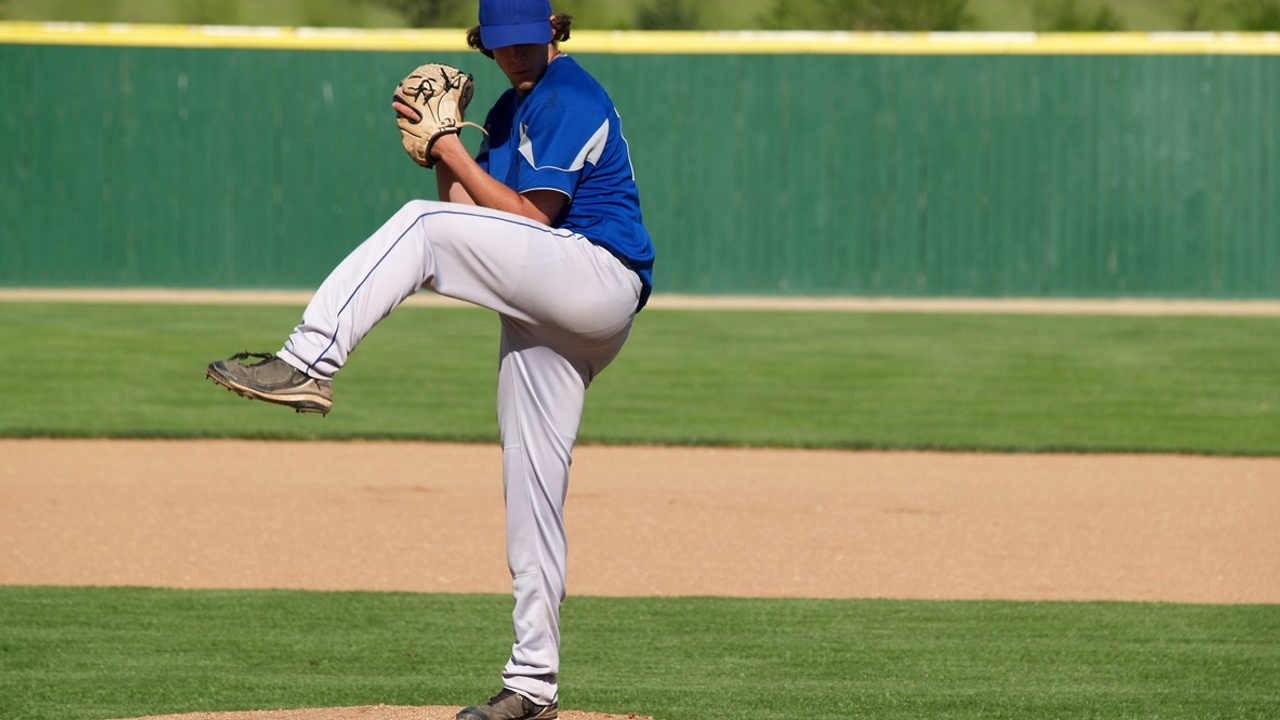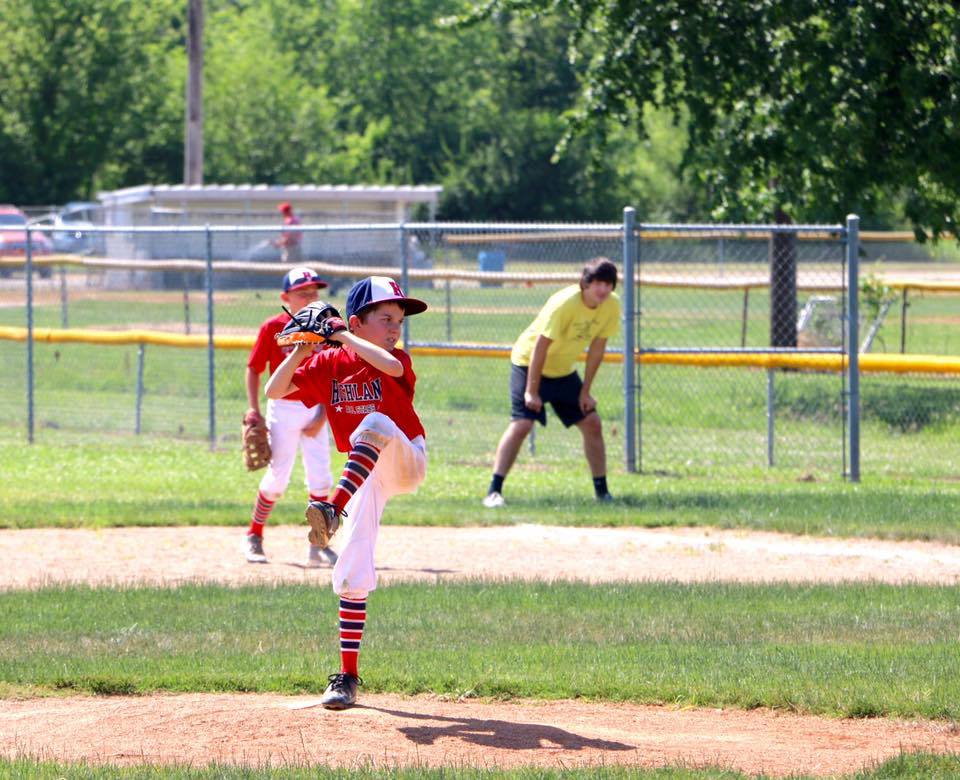
Does testing balance matter in baseball?

So, I guess then the next question is how should we test balance? You can most fundamentally test it by standing on one leg under control with eyes open and closed. This is a simple and quick way to determine if someone has even the most basic balance competence. Measure the number of seconds that he stands under control. A minimum eyes open time would be 10 seconds (with >30 seconds being average — but that is just standing on one leg without touching down with no respect for control or quality). For eyes closed, 8 seconds appears to be the average (again just standing on one leg without control). If the player can do this, he has the most basic balance competence.
From research and clinical experience, basic balance competence (standing still on one leg) is enough to build basic life activities on, but not a solid enough foundation to develop sport skill. So, how should we ensure our athletes have the balance required for sport?
Deficits in performance of any system, whether it is the heart or an air conditioner, is best determined by a stress test. By challenging the system beyond basic competence (by walking for the heart or through normal weather conditions in the case of the air conditioner), we rarely uncover flaws unless they are HUGE. So how do we “stress test” balance?
By having someone stand on one leg and reach with the other leg as far as he can, he gets to his “limit of stability”. This is the maximum distance someone can reach without “falling” or touching down. It is at this limit of stability that performance deficits and asymmetries are magnified (just like your under performing air conditioner on a 102 degree, 98% humidity Evansville day). This is where the Y Balance Test (YBT) comes in. It is designed to reliably stress test balance. But it does not just stress test balance in one plane of movement, it does it in 3 planes so that the multitude of balance requirements are covered.
I think it is important that we discuss what balance at the limit of stability requires. In order to be able to stand on one leg and reach, you have to have numerous other systems working properly and in concert.
Let’s look at a few:
1) Strength at foot/ankle, knee, hip
2) Range of motion at foot/ankle, knee, hip, spine, shoulders
3) Stability at all of the above joints
4) Proprioception — knowing where your body parts are in space
5) Vestibular (inner ear) function
6) Coordination
7) Confidence/lack of fear avoidance
The list actually can go on and on. What is great about stress testing balance through the YBT is that if anything in the above list is substantially dysfunctional, it will show up in the test. Further, if a few things in the list have slight deficit, those deficits combine to produce a measurable dysfunction.
Ok, so now that we know we should be stress testing balance what should we be looking for in the Y Balance Test?

1) Symmetry
While actual structural symmetry in humans rarely occurs (e.g. many of our bones are shorter or longer on one side and may have torsion), movement symmetry is important since all running is performed on a symmetrical base. Even seemingly asymmetrical balance movement (like pitching) requires equivalent stability on both the stance and lead leg. I am not aware of any research in any sport that indicates having asymmetrical balance is advantageous or has injury risk reduction associated with it. There is even research that demonstrates that baseball players who have had a UCL tear have significantly decreased balance compared to health controls.
So for the Y Balance Test Lower Quarter, we look for less than a 4cm asymmetry in the anterior (forward) direction and less than 6cm asymmetry in the posterior (backward/crossing behind) directions.
2) Overall Performance
Rarely is it ever a good thing to be in the bottom ⅓ of your peer group on anything, let alone something that might identify you as having a poor performance base or being at greater risk of getting hurt. But in addition to that, there is research that says if you perform in the bottom ⅓ of your group (according to age/competition level, gender, and sport), you are more likely to lose time due to an injury. In addition, clinically when we see someone (particularly pitchers) with poor balance and good mobility (ASLR and Shoulder Mobility of 3,3) and they are competing at high levels, collegiate or pro, they are the classic big engine with no breaks.
Hopefully it makes sense why balance should be stress tested in all of our athletes. But it’s not just our athletes, balance should be stress tested in the elderly as well as the general population. While our single leg stance measurement is a convenient representation of static balance, the YBT is able to quantify the dynamic balance necessary for daily living. Our ability to be both effective and efficient, whether in sport or in life, relies on our ability to demonstrate acceptable and symmetrical balance at the limits of our stability.
How do you test balance in your athletes?










